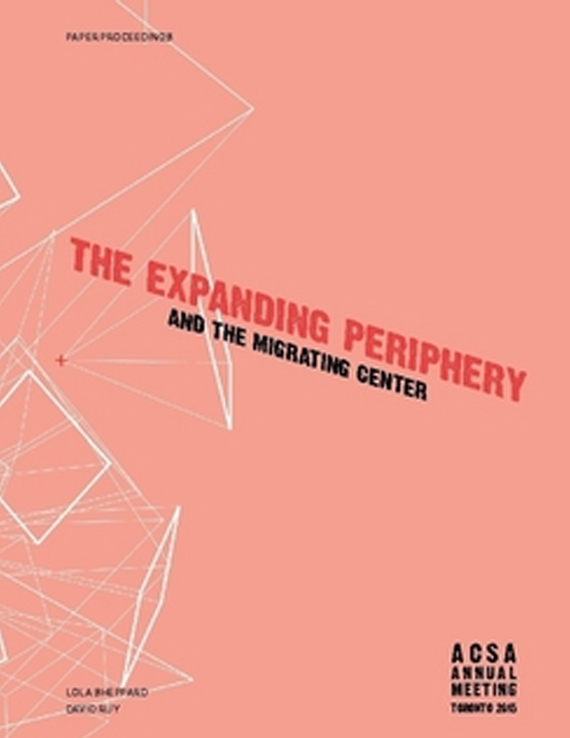Author(s): Joseph Godlewski
While architecture curricula have been reconfigured to meet the demands of various theory transmutations, the Euro-American core of theory has remained surprisingly stable. While it may be argued that the center of theory has migrated, the presumption that theory emanates from Western global centers to the underdeveloped peripheries of the Global South has remained fairly constant. Moreover, due to theory’s proclivity for assessing challenges facing the current moment and speculating forward toward possible futures, it tends to overlook historical concerns. The intention of this paper is to illuminate the productive potentials of shifting the center of theory both geographically and historically can have for generating a more fluid, interconnected, and relational understanding of space. The paper borrows insights from postcolonial urban theory and scholarship on the “risk society” to propose a terrain for the future of architectural theory. Theories about the architecture of the risk society have yielded compelling insights about contemporary architecture, though like the theories of Beck and others on which they are premised, they tend to focus on examples from Western metropoles. Using the decentralized political structure and urban form of Old Calabar as a counterpoint to studies of contemporary architecture and risk, the aim of this paper is to expand and historicize risk. Is it possible that by decentering our point of reference, we can generate theories more reflective of the dynamism and rich diversity producing the global built environment? It is argued that examining the architecture of Old Calabar reveals the diverse ways in which the local and the global are intertwined. Expanding our vocabulary to reflect the networked and impermanent spaces in Old Calabar can provide a more imaginative way of understanding the spaces of contemporary globalization. The historicized periphery rather than contemporary “center” marks the terrain of the architectural theory of the future.
Volume Editors
David Ruy & Lola Sheppard
ISBN
978-0-935502-95-4

 Study Architecture
Study Architecture  ProPEL
ProPEL 
